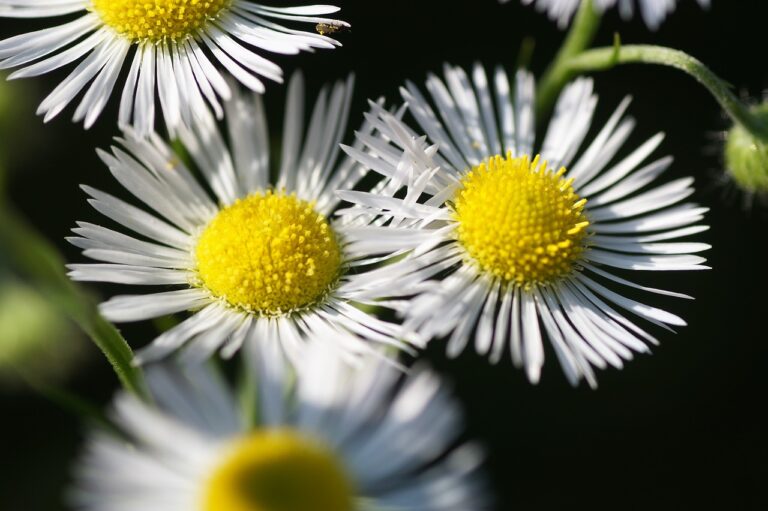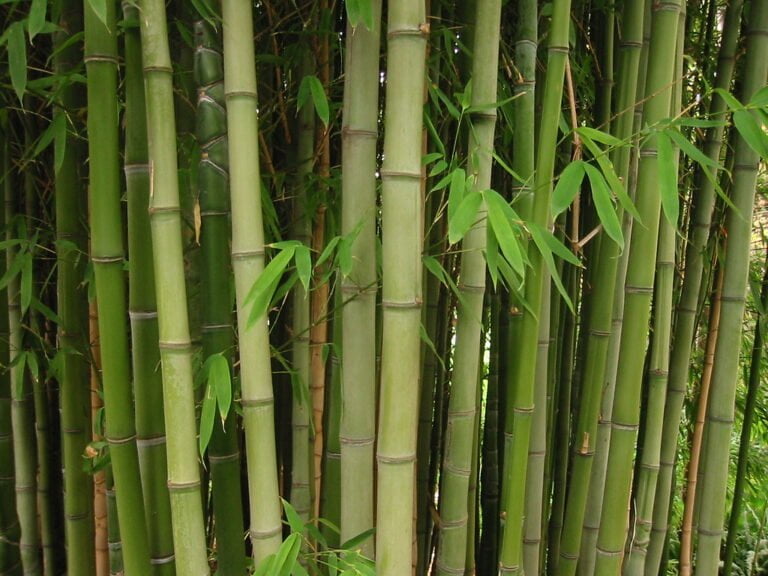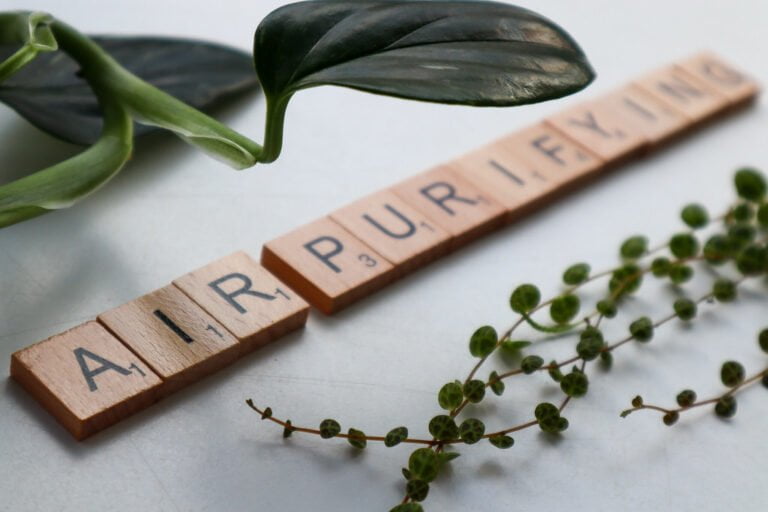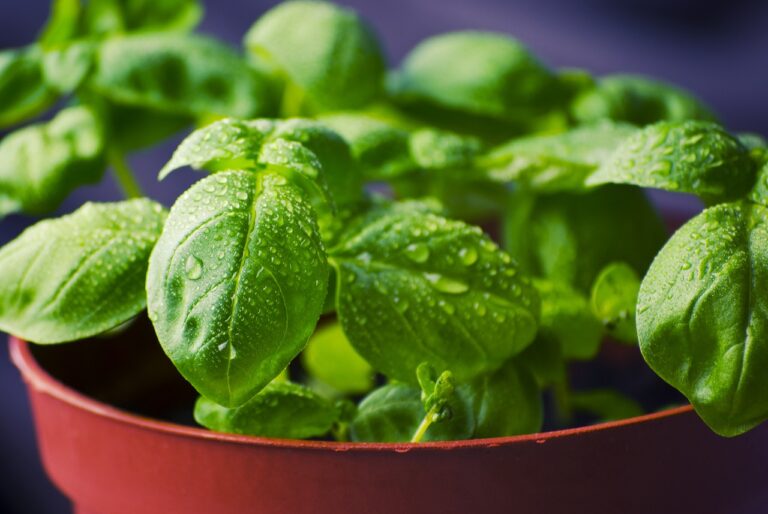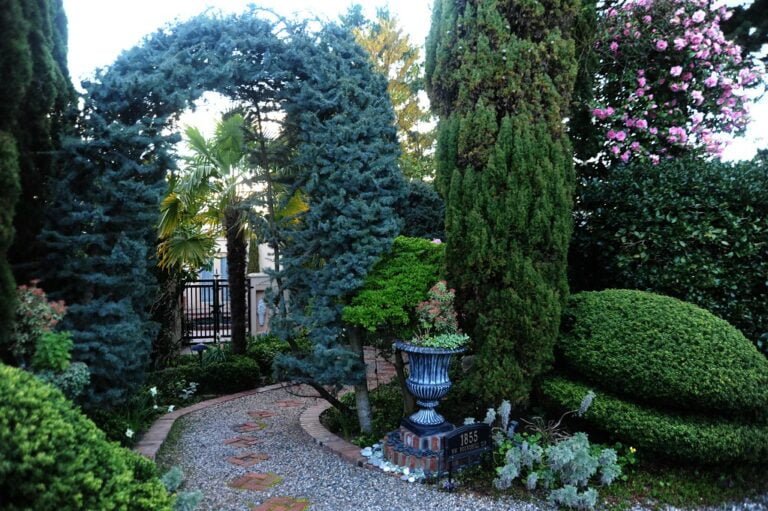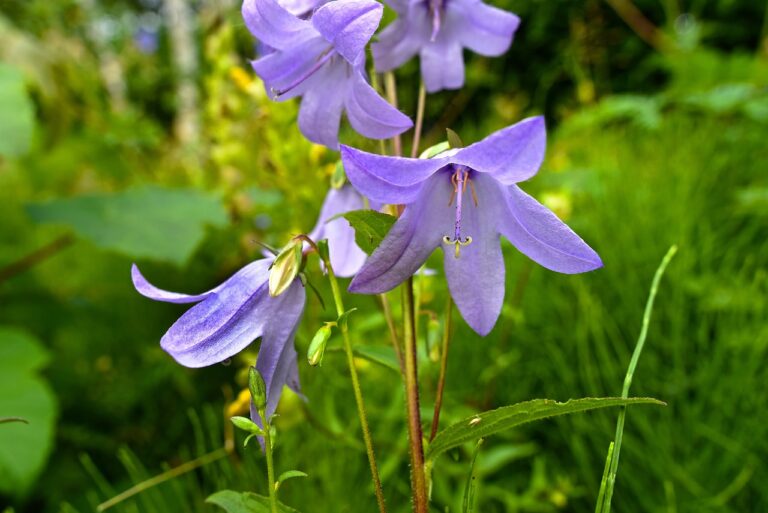Bonsai and Topiary
Hey there! Are you curious about the captivating world of bonsai and topiary? Have you ever stopped to think about how these adorable miniature trees and meticulously sculpted bushes come to life? Well, you’re in luck because we’re about to dive into all things bonsai and topiary right here!
Now, let’s imagine this article as a journey together, where we’ll explore the fascinating characteristics, life cycle, and popular varieties of bonsai and topiary. We won’t just stop there though! We’ll also discover the cultivation and care techniques needed to keep these beauties thriving, and even explore how to incorporate them into your own landscaping and design. Get ready to add a touch of horticultural beauty to your surroundings!
Think about it – bonsai and topiary are like the Picasso and Monet of the plant world. They take nature’s canvas and transform it into living, breathing works of art. But how do they do it? It’s not just magic, my friend. There are specific techniques and practices involved in shaping and nurturing these captivating creations.
Imagine having a little bonsai tree, carefully trimmed and shaped to perfection. It’s like having a tiny forest in the palm of your hand, with all the wisdom and serenity of a full-sized tree. Or picture a topiary bush, sculpted into whimsical shapes that bring a touch of charm and elegance to any garden. It’s like having living sculptures that dance with the wind.
But here’s the thing, my fellow nature enthusiasts: bonsai and topiary aren’t just pretty to look at. They have practical uses too! They can be used to create privacy screens, add structure to your garden, or even act as focal points in your landscape design. The possibilities are endless!
So, are you ready to embark on this journey of horticultural beauty? Let’s delve into the enchanting world of bonsai and topiary together. Get ready to learn, discover, and unleash your creativity in the art of shaping nature itself. Trust me, it’s going to be a wild and wonderful ride!
Key Characteristics
To understand the art of bonsai and topiary, you must familiarize yourself with their key characteristics. Bonsai techniques involve the cultivation and shaping of miniature trees, creating a sense of harmony and balance. The goal is to mimic nature in a confined space, emphasizing the tree’s age and majestic beauty. Topiary pruning, on the other hand, focuses on sculpting hedges and shrubs into intricate shapes and forms. Precision and meticulousness are crucial in achieving the desired design.
Bonsai techniques encompass various methods to shape and maintain the bonsai tree. These include wiring, which involves carefully bending and positioning branches to achieve a desired shape. Pruning is essential for maintaining the tree’s size and structure. It involves removing excess growth and shaping the branches to create the desired silhouette. Another technique is defoliation, where the leaves are removed to promote new growth and enhance the overall aesthetics of the tree.
In the realm of topiary, pruning plays a vital role in sculpting hedges and shrubs into specific shapes. This requires careful consideration of the plant’s growth patterns and natural characteristics. Trimming is done regularly to maintain the desired shape and prevent overgrowth. Precision is crucial, as even the slightest mistake can alter the overall design.
Both bonsai and topiary require patience, skill, and attention to detail. It’s important to understand the growth patterns of the plants and to work with them, rather than against them. Regular maintenance and care are necessary to ensure the longevity and health of both bonsai and topiary creations.
Life Cycle
As you delve deeper into the art of bonsai and topiary, understanding the life cycle of these cultivated plants becomes essential. Both bonsai and topiary go through distinct growth stages, and knowing these stages will help you care for and maintain these plants effectively. Additionally, understanding the propagation methods will enable you to expand your collection and share the beauty of bonsai and topiary with others.
The life cycle of bonsai and topiary begins with propagation. Propagation methods for bonsai include seed germination, cuttings, and air layering. Seed germination involves planting seeds and waiting for them to sprout, which can take several weeks or months. Cuttings involve taking a small section of a parent plant and encouraging it to grow roots and become an independent plant. Air layering is a more advanced technique that involves creating a wound on a branch, encouraging roots to form, and then separating the new plant from the parent.
Once the bonsai or topiary plant is established, it enters the growth stage. During this stage, the plant grows and develops its shape and structure. Careful pruning and training are necessary to guide the growth and achieve the desired aesthetic. Regular watering, fertilizing, and pest control are also essential to ensure the health and vitality of the plant.
As the plant matures, it enters the maintenance stage. In this stage, regular maintenance tasks such as pruning, wiring, and repotting are necessary to maintain the desired shape and size. Proper care during this stage ensures the longevity and beauty of the bonsai or topiary.
Understanding the life cycle of bonsai and topiary is crucial for their successful cultivation. By knowing the growth stages and propagation methods, you can care for these plants effectively and continue to enjoy their beauty for years to come.
Habitat and Growing Conditions
Understanding the habitat and growing conditions is essential for successfully cultivating bonsai and topiary. Bonsai and topiary are living art forms that require specific habitat requirements and optimal growing conditions to thrive. By providing these conditions, you can ensure the health and longevity of your bonsai and topiary creations.
To create the ideal habitat for bonsai and topiary, it is important to consider factors such as temperature, light, humidity, and soil composition. Bonsai and topiary have different habitat requirements, so let’s take a closer look at each:
Habitat Requirements
| Species | Temperature Range | Light Requirements | Humidity Levels | Soil Composition |
|---|---|---|---|---|
| Bonsai | 50-75°F | Full to partial sun | Moderate | Well-draining |
| Topiary | 60-75°F | Full sun | Moderate to high | Well-draining |
Optimal Growing Conditions
To achieve the best results, it is important to provide the optimal growing conditions for your bonsai and topiary. Here are some guidelines to follow:
- Temperature: Maintain a consistent temperature within the recommended range for each species.
- Light: Bonsai thrives in full to partial sun, while topiary prefers full sun.
- Humidity: Keep the humidity levels moderate to high for topiary and moderate for bonsai.
- Soil: Use a well-draining soil composition to prevent waterlogging and promote healthy root growth.
Popular Varieties
Now, let’s delve into the popular varieties of bonsai and topiary, exploring the different options available to you and the frequency with which they’re chosen by enthusiasts.
Bonsai and topiary offer a wide range of choices when it comes to creating artistic and visually appealing plants. Different pruning techniques allow for the creation of various shapes and forms, giving each bonsai or topiary its unique character.
One of the most popular varieties of bonsai is the Juniperus chinensis, commonly known as the Chinese juniper. Its small, needle-like foliage and graceful branches make it an ideal choice for bonsai enthusiasts. The Juniperus chinensis is highly adaptable and can be trained into different creative shapes such as windswept, cascading, or formal upright.
In the world of topiary, the Boxwood (Buxus sempervirens) takes the lead. Its dense foliage and ability to withstand frequent pruning make it a favorite among topiary artists. The Boxwood can be trimmed into geometric shapes like spheres, cones, or pyramids, as well as more intricate forms like animals or abstract designs.
Another popular variety for topiary is the English yew (Taxus baccata). Its dark green foliage and ability to tolerate shade make it a versatile option. The English yew can be shaped into spirals, columns, or even intricate mazes, adding an element of elegance and sophistication to any garden.
Other notable varieties for both bonsai and topiary include the Japanese maple (Acer palmatum), the European beech (Fagus sylvatica), and the English holly (Ilex aquifolium). Each of these varieties offers unique characteristics and can be pruned into various creative shapes, allowing enthusiasts to showcase their creativity and skill.
Cultivation and Care
To properly cultivate and care for your bonsai or topiary, it’s important to consistently and attentively prune and shape the plants to maintain their desired form and health. Pruning techniques play a crucial role in the overall maintenance of these unique plants, ensuring their longevity and beauty.
When it comes to pest control, prevention is key. Regularly inspect your bonsai or topiary for any signs of pest infestation. Common pests that may affect these plants include aphids, mites, and scale insects. If you notice any pests, it’s important to act swiftly to prevent them from causing significant damage. One effective method of pest control is using insecticidal soap or horticultural oil. These products can be applied directly to the affected areas, effectively eliminating the pests without harming the plant.
In addition to pest control, proper pruning techniques are vital for maintaining the desired shape and structure of your bonsai or topiary. When pruning, it’s essential to use sharp and clean pruning tools to minimize the risk of infection. Start by removing any dead or diseased branches, ensuring that you make clean cuts close to the main trunk or branch. This will promote healthy growth and prevent the spread of diseases. Additionally, thinning out dense foliage will improve air circulation and light penetration, preventing the development of fungal infections.
Remember to prune your bonsai or topiary regularly, as this will encourage compact growth and maintain its desired form. By implementing effective pest control measures and employing proper pruning techniques, you can ensure the longevity and health of your bonsai or topiary, serving as a testament to your dedication and expertise in cultivating these remarkable plants.
Landscaping and Design
When creating your bonsai or topiary, consider the principles of landscaping and design to ensure a visually appealing and harmonious arrangement. Landscaping and design play a crucial role in enhancing the beauty and functionality of your garden. By following the latest garden trends and incorporating sustainable landscaping practices, you can create a space that not only pleases the eye but also serves a greater purpose.
Here are three key principles of landscaping and design that can evoke emotion in your audience:
- Balance: Achieving balance in your garden design is essential for creating a sense of harmony. By carefully arranging elements such as plants, rocks, and pathways, you can create a visually pleasing and balanced composition. Consider using asymmetrical balance to add a touch of intrigue and surprise.
- Unity: Creating unity in your garden design involves ensuring that all elements work together cohesively. Choose a consistent theme, color palette, or plant selection to tie everything together. This will create a sense of coherence and make your garden feel well-planned and intentional.
- Sustainability: Incorporating sustainable landscaping practices isn’t only environmentally responsible but also adds value to your garden. Consider using native plants, which are well-adapted to the local climate and require less water and maintenance. Incorporating rainwater harvesting systems and using organic fertilizers can further enhance the sustainability of your garden.
Common Issues and Solutions
Address common issues and find solutions to maintain the health and appearance of your bonsai or topiary.
Proper maintenance is crucial to ensure the longevity and beauty of these intricate forms of plant art. Two common issues that bonsai and topiary enthusiasts often encounter are improper pruning techniques and pests control. By understanding and implementing the correct practices, you can overcome these challenges and keep your bonsai or topiary thriving.
Pruning techniques play a vital role in shaping the bonsai or topiary and maintaining its desired form. Improper pruning can lead to unbalanced growth, weak branches, and a loss of aesthetic appeal. To avoid these issues, it’s essential to follow specific guidelines. When pruning, make clean cuts just above a bud or leaf node to encourage new growth in the desired direction. Remove any dead, damaged, or diseased branches promptly to prevent the spread of infection. Additionally, thin out the foliage to allow for better airflow and light penetration, promoting overall health and vigor.
Pests control is another common challenge that bonsai and topiary enthusiasts face. Insects and diseases can wreak havoc on the delicate plants, causing damage and potentially leading to their demise. To effectively control pests, it’s crucial to regularly inspect your bonsai or topiary for any signs of infestation. Look for visible pests, such as aphids or scale insects, as well as symptoms like yellowing leaves or wilting. If pests are detected, use appropriate insecticides or natural remedies to eliminate them. It’s important to choose products that are safe for the specific plants and follow the instructions carefully to avoid any harm.
Practical Uses
Maintaining the health and appearance of your bonsai or topiary requires practical uses that you can implement regularly. These practical applications are essential for ensuring the longevity and vitality of your plants. By following these practices, you can create stunning and creative designs that will captivate and inspire others.
Here are three practical uses for maintaining your bonsai or topiary:
- Regular Pruning: Pruning is a fundamental practice in bonsai and topiary care. By carefully trimming away excess growth, you can maintain the desired shape and size of your plants. This not only enhances the aesthetic appeal but also promotes healthy growth by redirecting nutrients to the remaining branches and foliage.
- Proper Watering: Watering is crucial for the health of your bonsai or topiary. By understanding the specific water requirements of your plants, you can provide them with the optimal amount of moisture. Overwatering can lead to root rot, while underwatering can cause dehydration. Striking the right balance will ensure that your plants thrive.
- Soil Maintenance: The soil in which your bonsai or topiary is planted plays a significant role in its overall health. It’s essential to choose a well-draining soil mix that provides adequate nutrients. Regularly monitoring the soil moisture and pH levels will enable you to make necessary adjustments to keep your plants healthy.
Frequently Asked Questions
Can Bonsai and Topiary Be Created From Any Type of Plant or Tree?
Any type of plant or tree can be used to create bonsai and topiary. However, not all plants or trees are suitable for these art forms.
Different types of plants have different growth habits and characteristics, which need to be considered when choosing the right plant for bonsai or topiary. Factors such as size, shape, and ability to withstand pruning and shaping techniques are important in determining the suitability of a plant for bonsai or topiary.
How Long Does It Take to Create a Mature Bonsai or Topiary?
Creating a mature bonsai or topiary requires both time and careful growth techniques. The time required to achieve maturity can vary depending on factors such as the type of plant or tree used and the desired size and shape. Patience is key as it can take several years, sometimes even decades, to develop the intricate and refined appearance of a mature bonsai or topiary.
Are There Any Specific Tools or Techniques Required for Shaping Bonsai and Topiary?
When shaping bonsai and topiary, it’s crucial to have the right tools and techniques.
Specialized tools such as shears, wire cutters, and concave cutters are necessary for precise shaping and pruning.
Techniques like wiring, pinching, and defoliation are commonly used to achieve desired shapes and forms.
However, it’s important to be careful and avoid common mistakes such as over-pruning or using incorrect tools, as these can harm the plants.
Proper knowledge and practice are key to successful shaping of bonsai and topiary.
Can Bonsai and Topiary Be Grown Indoors?
Growing bonsai and topiary indoors can be a rewarding endeavor. However, it comes with its fair share of challenges. One interesting statistic is that indoor plants often struggle to receive adequate sunlight, which is essential for their growth and development. Despite this, many enthusiasts have successfully cultivated miniature trees and shaped shrubs indoors.
The benefits of growing bonsai and topiary indoors include the ability to enjoy them year-round, regardless of the weather, and the opportunity to showcase your artistic skills in a controlled environment.
Are There Any Cultural or Historical Significance Associated With Bonsai and Topiary?
Cultural and historical significance can be found in various forms of art and horticulture. Understanding the cultural and historical significance of a practice or art form allows us to appreciate its roots and significance in society.
Conclusion
In conclusion, bonsai and topiary offer a unique blend of artistry and horticulture. Through careful cultivation and meticulous care, these miniature trees and sculpted shrubs can thrive in various conditions.
Their presence in landscaping and design adds a touch of elegance and sophistication. However, it’s essential to be aware of common issues and provide appropriate solutions to ensure their longevity.
Ultimately, bonsai and topiary serve as practical and aesthetically pleasing additions to any outdoor space.

